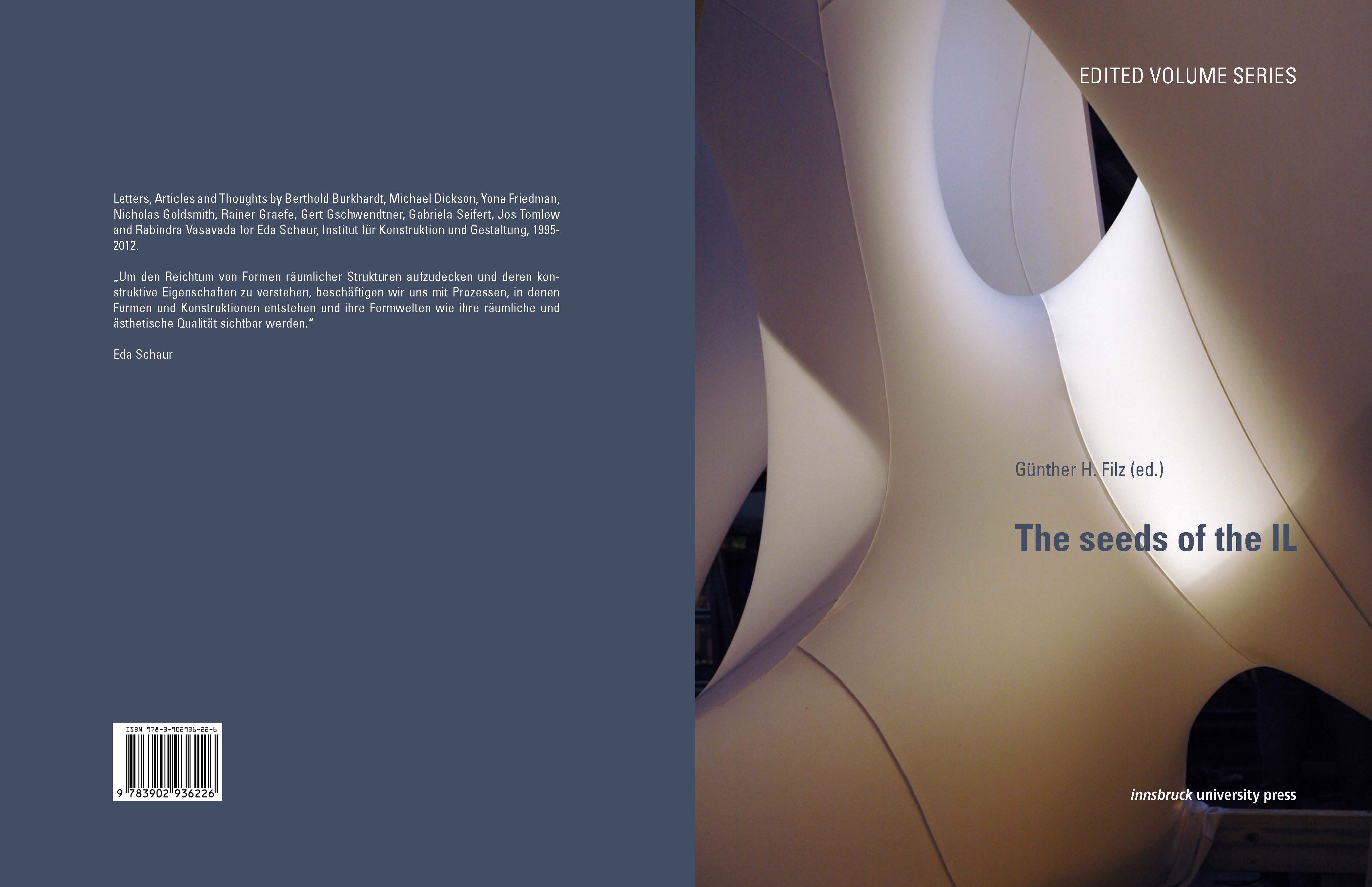![Bletzinger[1]](http://archiv.koge.at/wp-content/uploads/2014/01/Bletzinger1-150x150.jpg) Kai-Uwe Bletzinger, Statik, TU Munich, Germany
Kai-Uwe Bletzinger, Statik, TU Munich, Germany
Creating forms by numerical optimization and implicit splines
The proper parameterization of structural shape which is suitable for creating structural form and shape optimal design is a great challenge. The demand for large design spaces with large and very large numbers of design parameters is in conflict with the robustness of the numerical model. There is a need for regularization. The currently most successful techniques which overcome those burdens and, simultaneously, are most intuitive and easy to be used are so-called filter techniques. They directly use the coordinates of the finite element nodes as design parameters. Filters are applied to smooth the shape sensitivity fields as the generator of the design update towards the optimum. However, the filters are much more than mathematical means to prevent numerical problems such as mesh distortion or checker board patterns. Even more important, from the point of view of shape design they deal as a design tool to controlling the local and global shape properties. The actual presentation will show that filtering is equivalent to the implicit definition of standard spline models and how this technique can be used as a most flexible morphing tool adding on to the standard CAGD methodologies. As a conclusion this technique can be used to formulate and apply a framework of multiple design parameters on nested grids of discretization for the most effective and efficient solution of very large and complex shape design and optimization problems. The presentation is amended by a variety of impressive applications in the fields of CSD and CFD with problem sizes up to 3.5 million design parameters which easily can be handled by this technique.
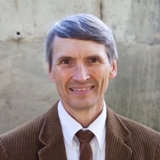 Peter v. Buelow, University of Michigan, USA
Peter v. Buelow, University of Michigan, USA
ParaGen: a performance based form exploration method
With increasing interest in parametric form generation, it is useful to have a method to explore the wide range of the solution space while considering different and often conflicting design criteria. ParaGen uses a genetic algorithm to guide parmetic form generation and stores the results of performance simulation in a relational database. The database can them be accessed to search out well performing solutions using mutiple criteria. The result is a visual mapping tool for solution search.
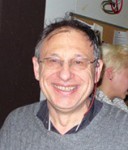 Jean-Louis Deneubourg, USE-Unit of Social Ecology, Université libre de Bruxelles, Belgium
Jean-Louis Deneubourg, USE-Unit of Social Ecology, Université libre de Bruxelles, Belgium
Collective decision-making in social Insects
Group-living animals are often faced with choosing between one or more alternative resource sites. A central question is how a collective decision is taken and the spatial patterns emerge. This experimental and theoretical review demonstrates that choices can emerge through nonlinear interaction dynamics between equal individuals without perfect knowledge or leadership. We explore a number of situations differing in the number and quality of the options, in the type of interactions, and in the number of individuals concerned. The interplay between individual responses to site characteristics and to group-members can give rise to a diversity of patterns and decision-making. We will focus on how the environmental characteristics influence these collective responses.
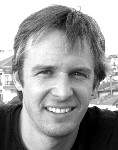 Michael Dürfeld, Image Knowledge Gestaltung, Humboldt-Universität Berlin, Germany
Michael Dürfeld, Image Knowledge Gestaltung, Humboldt-Universität Berlin, Germany
Architectural Form and Ornamental Rules
Neo-Structuralism is the label that now covers a large number of different approaches to design in architecture and urban planning, from the use of parametric data models to the implementation of genetic operations to evolutionary design strategies. They all have in common a rule-based design process translated into mathematical algorithms. On this occasion a reinforced appearance of one of the probably oldest architectural-artistic phenomena is to be observed: Ornamentality. Now, however, this ornamentality differs radically from a traditional interpretation of ornament as an applied decoration element and shows rather a structural quality, more exactly: a quality of structuring the architectural form on the whole. This neo-structural ornamentality seems close to the structural ornamentality of the 1960s and 1970s. The lecture takes this apparent resemblance to have a closer look to the ornamental rules. What are exactly the ornamental rules of the structural ornamentality of the 1960s and 1970s and of the neo-structural ornamentality today? What are the differences and what are the common characteristics? And: How do they influence the genesis of the architectural form? Such an investigation of the relation between architectural form and ornamental rules enables us to think the relation of architecture and ornament radically anew.
 Nicholas Goldsmith, ftl, NYC, NY, USA
Nicholas Goldsmith, ftl, NYC, NY, USA
The Form Finding Process: Design Rules from Diverse Systems.
A look at the form finding process through nature to discover different organizations of optimizing building form. Structural optimization of techniques for complex curved surfaces interacting tension forms and shaping elements to upgrade methodologies from historic ‘form follows force’ approach with a focus on life cycle thinking. Using case studies to illustrate design approach concepts, a variety of approaches will be investigated.
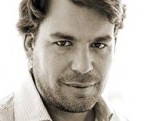 Michael Hansmeyer,Computational Architecture,Suisse
Michael Hansmeyer,Computational Architecture,Suisse
Digital Grotesque
Architecture stands at an inflection point. The confluence of advances in both computation and fabrication technologies offers architects the possibility of designing and constructing hitherto unimaginable forms. With increases in processing power, the roughly triangulated geometries and simple blobs of the early 2000′s have given way to the possibility of complex geometries at multiple scales with details approaching the threshold of human visibility. In parallel, advances in additive manufacturing technologies have put us at the verge of printing any form. Recent machines with print spaces of many cubic meters can print not only small architectural models, but full-scale structural architectural components. As a result, a form with a few million surfaces is as easy to print as a form with a few dozen. For the first time, complexity is not an impediment to design and fabrication. Rather, it is an opportunity that is waiting to be explored.
 Nathan King,Harvard University Graduate School of Design, GSD Design Robotics Group, Rhode Island School of Design, and Virginia Tech CDR | CRAFTs, USA
Nathan King,Harvard University Graduate School of Design, GSD Design Robotics Group, Rhode Island School of Design, and Virginia Tech CDR | CRAFTs, USA
Seeking Precision, More or Less: Strategic Design Experimentation in Clay-Based Ceramics.
Ceramic material systems serve as the framework for discussion of a series of strategic design experiments that utilize computational design and robotic fabrication processes to explore the relationship of prescribed computational form and resulting physical artifacts. Through these studies, nuanced material behaviors have been uncovered that challenge the relevance of digital control yet, through automated fabrication, new design opportunities are realized.
 Jan Knippers, ITKE, University of Stuttgart, Germany
Jan Knippers, ITKE, University of Stuttgart, Germany
From Nature to Fabrication: Biomimetic Design Principles for Lightweight Structures
Natural structures are multilayered, finely tuned and differentiated combinations of a few basic components and feature multiple networked functions. Their design principles have so far virtually not been used architecturally. The question is, whether computational design and fabrication offers new means to transfer the morphological form and function principles of nature to building construction. This might lead to functionally and ecologically efficient structures far beyond existing typologies of building construction.
Referenzobjekte: EXPO Boulevard, EXPO 2010, Shanghai, China. Thematic Pavilion, EXPO 2012, Yeosu, South Korea Bao An International Airport, Shenzhen, China ICD/ITKE Research Pavilion 2012 and 2013, Stuttgart, Germany
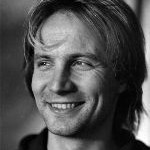 Ferdinand Ludwig, IGMA, Schwerpunkt Botanik, Institute for Theory of Modern Architecture, University of Stuttgart, Germany
Ferdinand Ludwig, IGMA, Schwerpunkt Botanik, Institute for Theory of Modern Architecture, University of Stuttgart, Germany
Baubotanik: Designing growth processes
Rules of growth and the emergence of form in living plant constructions
The basic idea of Baubotanik is to create buildings by combining technical joining and vegetal growth. Plants are being used as a living construction material and are connected with non-living building elements in a way that they merge into a vegetal-technical compound structure. This means that the ‘production’ process of a building does not end, but rather begins with the initial assembly. Thus the architect is no more designing a final form – the challenge is rather to conceptualize an initial configuration as well as its future development process.
Therefore it is essential to work out design rules that are derived from botanical growth rules and to describe the structure as a material system that depends on botanical principles and responds to environmental conditions. One of the basic rules of all natural growth processes – effectiveness – becomes the fundamental design rule. Only if living plant constructions follow this rule will their development meet architects’ anticipations…
 Klaus Mainzer, Chair for Philosophy of Science, Carl von Linde-Akademie der TU München, Germany
Klaus Mainzer, Chair for Philosophy of Science, Carl von Linde-Akademie der TU München, Germany
Chaos, Order and Self-Organization of Complex Dynamical Systems
The theory of complex dynamical systems is an interdisciplinary methodology to model nonlinear processes in nature and society. In the age of globalization, it is the answer to increasing complexity and sensitivity of human life and civilization (e.g., life science, urbanization, environment and climate, globalization, information flood). Complex systems consist of many microscopic elements (molecules, cells, organisms) interacting in nonlinear manner and generating macroscopic order. Self-organization means the emergence of macroscopic states by the nonlinear interactions of microscopic elements. Chaos, growth and innovations are examples of macroscopic states modeled by phase transitions in critical states. The models aim at explaining and forecasting their dynamics. In the case of chaos, there are restrictions to compute the macrodynamics of complex systems, even if we know all laws and conditions of their local activities. Future cannot be forecast in the long run, but dynamical trends (e.g., order parameters) can be recognized and influenced (“bounded rationality”). Besides the methodology of mathematical and computer-assisted models, there are practical and ethical consequences: Be sensible to critical equilibria in nature and society (butterfly effect). Find the balance between self-organization, control, and governance of complex systems in order to support a sustainable future of mankind.
Literature: K. Mainzer, Thinking in Complexity. The Computational Dynamics of Matter, Mind, and Mankind, 5th enlarged Springer:
 Paul Shepherd, University of Bath, UK
Paul Shepherd, University of Bath, UK
self organising FORMS
Many processes in nature can be thought of as self organising, and some of them lead to physical forms which are by nature efficient. Most of these processes can be modelled digitally, simulating the process and allowing the final form to be manipulated to meet design requirements. This talk will explore some of these simulation methods and the building designs they can lead to.
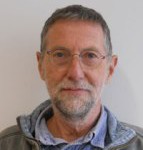 Chris Williams, University of Bath, UK
Chris Williams, University of Bath, UK
Complexity, self-organisation, emergence and aesthetics
The lecture will address the question of how complexity, self-organisation and emergence can be applied to design in architecture and engineering. It will describe computational methods which aim to allow a design to emerge through simple rules and at the same time satisfy the programmatic and technical requirements.

